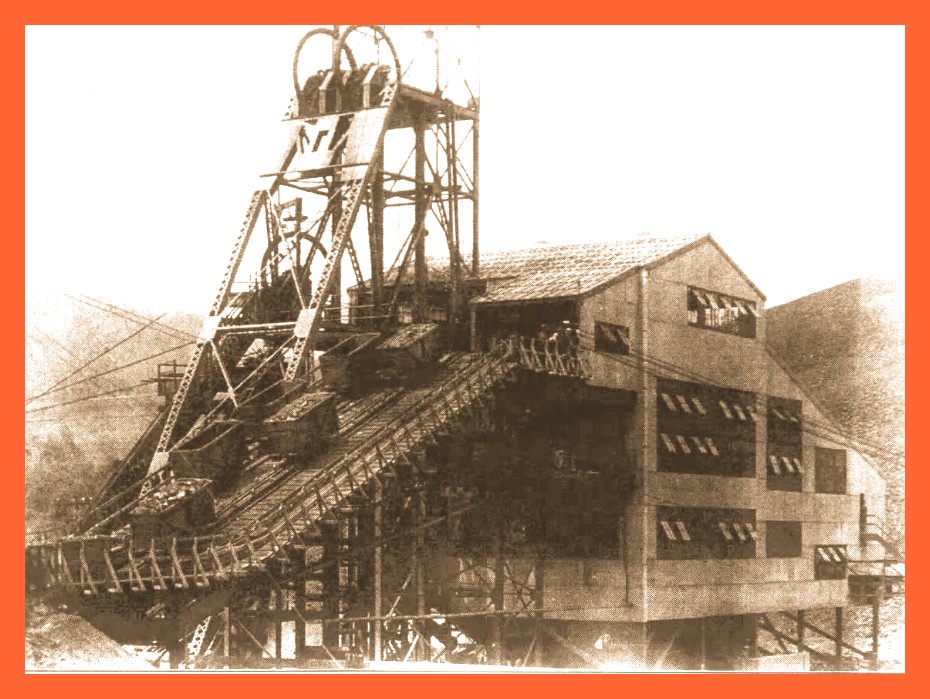Loaded cars are shown ascending the car haul as empty cars return in this photograph of the new Locust Gap cleaning plant. Cleaned coal was shipped to the Locust Summit Central breaker for processing.
From a series of articles that appeared in the Pottsville Republican and Herald in 1997:
This the last of four installments on the history of the cluster of collieries in the Locust Gap operated under names prefixed by “Locust.”
The New Locust Gap Colliery was located south of the original Locust Gap Colliery.
In 1869, Graber, Kembel & Sheff sank the slope 450 feet in the second basin on the South Dip Mammoth Vein and, in 1872, sank the pump slope 150 feet east of the main slope.
In 1875, the breaker was destroyed by fire, which caused a suspension until a new breaker was completed in 1876.
In 1882, miners sank the pump slope 330 feet to the second level, continuing operations until 1883, when the colliery was sold February 1 to the Philadelphia & Reading Coal & Iron Company, which started making improvements.
The old pole pump was replaced by a new and larger pump. The old, worn-out boilers were replaced by eight new ones and the upper part of the pump slope was retimbered. During the same year, the Skidmore Vein was developed by driving a tunnel 310 feet from the slope level.
In 1889, the hoisting slope was extended 339 feet to the second level and the 18-inch cylinders on the hoisting engines were replaced by 22-inch ones.
In 1890, a large breaker was erected to take the place of the Locust Spring, Locust Gap and Monitor Colliery breakers, which were all abandoned. These three collieries were then consolidated and all coal was prepared at the New Locust Gap Breaker.
In 1903-1904, the Philadelphia & Reading Coal & Iron Company sank the west slope 1,200 feet on the South Dip Mammoth Vein and, in 1905, extended it 600 feet – a total length of 1,800 feet. The slope operated eight separate levels.
On May 5, 1904, a fire was discovered in both the old slopes and airway. Five men were trapped inside and it was impossible to reach them. The fire had originated in the pump-way while the group of men were timbering it. The company did all in its power to recover the bodies of the men before slushing the mine. After 18 months, the fire was extinguished and the slopes that were slushed were reopened and retimbered to the second level. In 1905, the colliery resumed work.
In 1907, the western Buck Mountain Slope was sunk 630 feet.
Total coal shipments from the New Locust Gap Colliery as of 1928 were 9,169,588 tons. Tonnage from 1905 to 1916 included the Locust Spring shipments.
_______________________________________________
Article by Frank Blase, Historian, Reading Anthracite Company Historical Library, Pottsville Republican & Herald, May 3, 1997. Obtained from Newspapers.com.
Corrections and additional information should be added as comments to this post.
